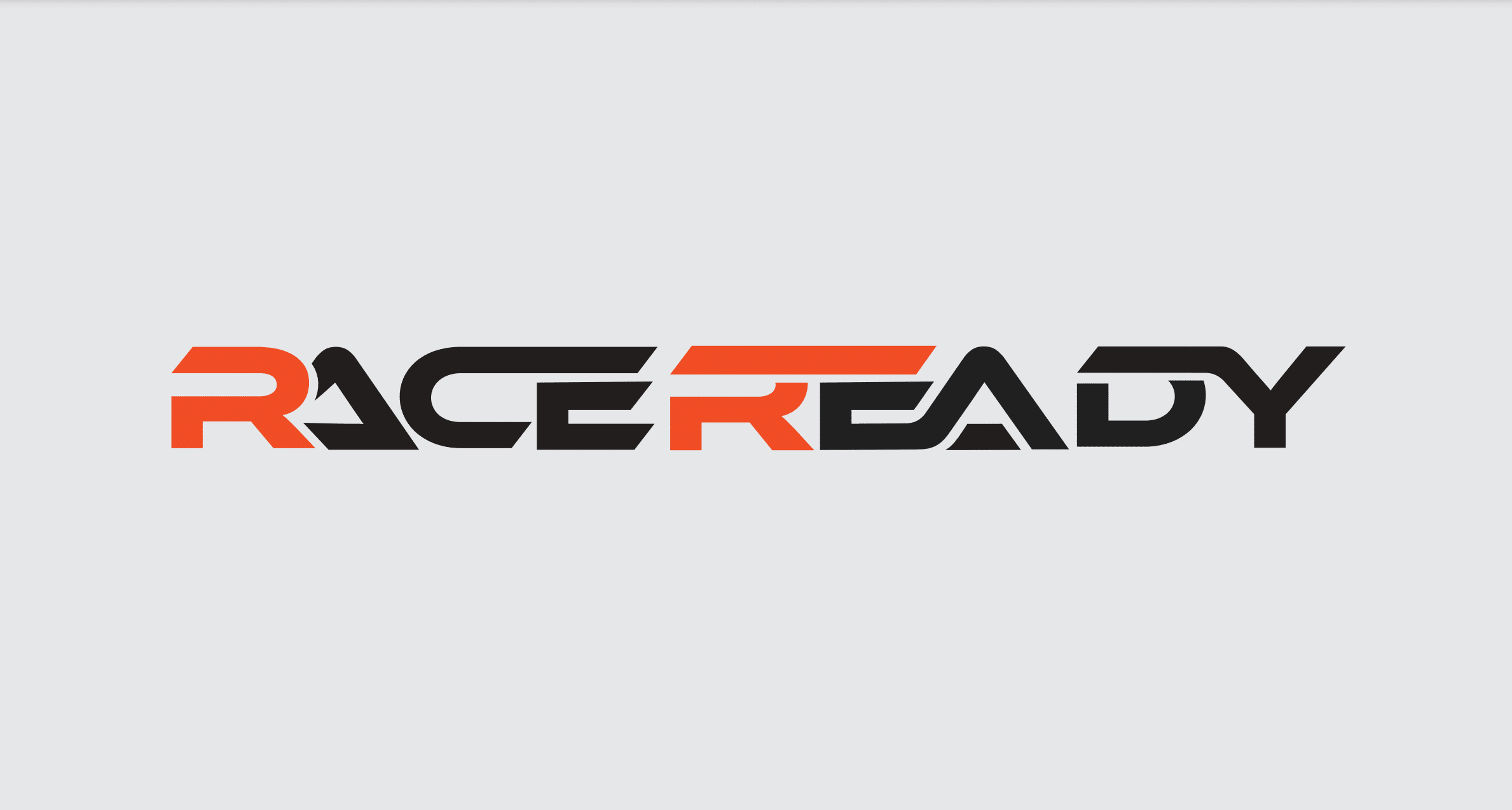Between the pitch-off war and dueling mechanical bull riding, the 2022 RevRoad Entrepreneur Competition, sponsored by Central Bank of Utah was the best one yet.
Continue readingRevRoad To Host 5th Annual Entrepreneur Competition in 2022
Utah’s brightest entrepreneurs prepare for the RevRoad Entrepreneur Competition, sponsored by Central Bank of Utah. Cash prizes are on the line!
Continue readingRevRoad Awards Over $20,000 in Cash and Services at Entrepreneur Competition 2021
Adrenaline rushed through the veins of Utah’s brightest entrepreneurs, this past Saturday, as they set up their trade show booths for the 2021 RevRoad Entrepreneur Competition, sponsored by Central Bank of Utah.
Continue readingExperience Selling: the Evolution of B2B Sales
B2B demands are changing persistently. Sales experts should expect a shift from product/solution focus to value-laden experience. Examples of this shift are as follows:
Continue readingRaceReady Oversubscribes A Successful Raise
Another RevRoad portfolio company defies the odds by successfully raising funds, launching a new product, and realizing 3X growth — amid the COVID pandemic.
Provo, UT— Utah-based motorsports tech company, RaceReady, has stayed innovative and found continued success amid an international pandemic and economic downturn.
RaceReady set out to raise 850K but raised more than anticipated and initially oversubscribed the raise at an impressive $920K. Excitingly, the raise continued to surpass expectations totaling at a final amount of $1.1M. RaceReady is expecting to onboard 33 new clients into their racing software system over the course of the next 6 months.
“We’ve had record breaking numbers at our race events. One RaceReady client has grown 38% from 633 average class sign ups to just over 876 (per race). RaceReady is oversubscribing the round to help with equipment purchasing needs and to service the onslaught of onboarding requests from promoters that start racing this winter.”
Greg Call, Founder of RaceReady
RaceReady is uniquely positioned to solve the data challenges of race promoters, racers, and sponsors in the motorsports industry.
“I’m so excited to see what this additional raise can do to accelerate the growth of the company. RaceReady saw their revenues evaporate as regional races were canceled in the beginning stages of the pandemic. They showed enough grit to convince the state to allow them to hold racing events during COVID gives me great confidence in what they are doing. In fact, the races were approved only because of RaceReady’s technology. Promoters were able to uphold social distancing standards because of the product RaceReady has created. The future is bright going forward.”
Ryan Bacher, RaceReady investor
Raising enough capital to bridge funding gaps, RaceReady has also found opportunities to accelerate completion on key features of its platform, utilize marketing and onboarding tools, and pivot the sales approach to focus on race promoters. RaceReady is already seeing impressive increases in revenues because of this, and anticipates a bright future.
###
About RaceReady
Based in Utah, RaceReady is run by power couple Greg and Lisa Call. The two have been involved with their sons in motocross racing for decades. They saw the need to help the world of amateur off-road racing through technology. For promoters, events are difficult to administer and score. Riders wish they had lap times, fast results, and better methods to show off their results. Racing sponsors everywhere wish there were better ways to identify rising talent and metrics within the sport. RaceReady addresses all these problems with a cloud-based event management platform complete with integrated live timing, event management and no upfront cost for promoters. RaceReady is the only single platform where promoters, racers, and sponsors get all of their data needs met in the world of off-road motorsports. Learn more at iraceready.com.
Hallo and Literal complete successful funding rounds
Hallo and Literal, both ed tech companies that have created iOS and Android based apps as their main product offering, have secured additional funding to expand marketing opportunities and fund additional hires to fuel growth.
Continue readingRevRoad Annual Entrepreneur Competition a Success.
Over $14,500 given in cash prize money to winning entrepreneurs at the RevRoad Entrepreneur Competition, sponsored by Central Bank.
Continue readingMastering Investor Pitches (pt 3)
Written by: Seth Robinson
Every story has a beginning, middle and end. Put another way, a premise, a conflict, and a resolution. Point is, even with a compelling story you won’t go very far unless the story is easy to follow. Structure lubricates understanding. The best structure I have found for investor pitches is Guy Kawasaki’s 10-20-30 deck.
10-20-30 deck stands for 10 slides, 20 minutes, 30 point font. The ten slides are (1) Title, (2) Problem, (3) Unique Value Proposition, (4) Underlying Magic, (5) Business Model, (6) Go-to-market Plan, (7) Competitors, (8) Team, (9) Projections & Metrics, (10) Status, Accomplishments & Timeline.
These ten subjects give potential investors a comprehensive view of your company. They cover all the basics investors will need to know before they can consider further engagement. These slides function as the jump off point for additional engagement. The order of these slides isn’t important, and I would highly recommend changing the order to compliment your story.
Twenty minutes means you must be quick and deep. A quick and deep overview is always possible, but not usually easy. Refining your story will take practice, work and feedback from others. For practice, look into your local 1MillionCups groups. Investor pitch feedback is what those groups exist for!
Keep the presentation compelling, not exhaustive. If you do it right, investors will have follow up questions. An absence of questions means an absence of interest. In other words, the story isn’t compelling, or they had trouble following. Investor questions engage potential investors. It draws them into your story. Leave the bulk of your allotted time for their questions. The pitch will hook them; their questions will bring them on board. Do not vary from the 20 minutes! You can keep it to this time.
Thirty point font means don’t use any font less than 30. This is more important than it seems! Thirty point font forces judicious use of slide space. It helps drive home important points, but keeps you focused on the story. With 30 point font, you can’t just read your slides, because there simply isn’t much text (don’t read slides anyway. Bad form). Thirty point font complements a quick and deep approach because it doesn’t allow you to be exhaustive.
Also, investors tend to be older, and they can’t see small font. An unreadable slide is a fast way to lose interest.
The 10-20-30 deck provides the structure that makes your story easy to follow. This has become an industry standard of sorts, and most investors expect this type of presentation. Use this to your advantage. Do not focus on the presentation! Use the presentation to focus on your story. Every slide should be telling the story of your traction, quick and deep, compelling and easy to follow.
Don’t focus on your idea. And don’t lose your story in your story’s structure (or slide deck). A compelling and easy to follow story maximizes investor engagement. Making a case that you are the smartest person in the room is not only problematic and difficult, but even if successful, it won’t have the effect you think it will. Stories do have that effect.
Mastering Investor Pitches (pt 2)
When assessing startups, look at the problem, look at the customer, and look at the market. The combination of those three categories will show you traction. There are many different definitions of traction. Whichever one you use, you’ll be in good shape. For today, we’ll go with: traction–your startup’s evidence of success within the market.
So let’s talk about what traction looks like in a story: movement.
Can you move people? Do people care about what you are doing? Do they sign up for more information? Do they gasp and smile once they “get” what you are doing? Do people want to give you money but can’t because you don’t have a product?
The more people you can move, and the more profoundly you can move those people, the more traction you have. This is the evidence investors look for in the context of problem, customer, and market. This is how investors identify opportunities.
Traction is the compelling force behind the story of your venture. In a presentation, the story is how you make traction matter. Here are some real investor stories of companies. Which do you find most compelling?
“I am not a marketer or sales person, but with the few sales I have achieved, people come back and buy more. One in four customers returns and on average and buys 3x more the second time. Over half of our site’s new visitors come from entering the URL, not from search results or ads. How do they know our URL? People are talking, not searching. The product is sticky. I just need more places to stick it.
“I thought people would use this product because it was convenient. They tell me they actually buy it to avoid interacting with our competitor! It turns out our go-to-market strategy allows us to not only avoid 90% of our competitor’s overhead cost, but charge 3x the markup and get 8x more repeat customers. Help us rescue customers from our competitors!”
“This market doesn’t resist change, it’s simply been skipped over for 30 years. When we apply basic technology used elsewhere, and apply it to this niche, we see a 100% sales conversion rate even though our price point is 50% higher than their current costs. Without marketing we have more inquiries than we can service. We don’t need help with sales, we need help with onboarding!”
Each example shows traction. Proof of traction builds investor confidence in the opportunity; the story builds investor confidence in the entrepreneur. Good business models are built on good information, not on good ideas. Investors invest in people, not ideas.
Mastering Investor Pitches (pt 1)
Written By: Seth Robinson
I once heard an experienced, lifelong storyteller take questions during a Q+A session. An audience member asked a technical question about story structure, conflict development, and how to make stories more engaging. The storyteller responded to the question with the following story:
“Bill shot out of bed, heart racing, even before the alarm went off. He listened carefully, but couldn’t figure out what the problem was. In fact, he couldn’t remember listening to the morning with this intensity before, and the experience unsettled him. Everything seemed quiet. It wasn’t just the absence of sound, but this quiet was so profound that ordinary silence seemed absent as well. Bill got up. His padded slippers seemed to scrape across the ground in a new and altogether sickening fashion. The soft swish, swish of his toothbrush echoed cavernously, and by comparison, the crunch of Bill’s breakfast cereal was ear splitting. While he sat, he ate. While he ate, he thought, uncertain of what to think about. And then, all at once, everything from that morning, and every previous morning came together at once. In that very moment Bill realized: a story doesn’t need a point to be engaging.”
Presenting a business opportunity to potential investors has more in common with being a good storyteller, that it does about being a good presenter, making a good case, or saying the right thing. Investor presentations by design have a familiar form, but what separates the best presentation from the average ones is the story.
Every startup has a story, and this story is what carries your opportunity to the hearts and minds of investors better than a presentation of an idea ever could. Don’t present your idea to investors, tell your story. Your story doesn’t need a point, it simply needs to be engaging.
Idea: “The more people use our platform, the more valuable it will be to everyone. If we could get 1% of the market, we would have $100M in revenue.”
Story: “Guys, I’m not totally sure what I’m doing here, but for some reason people keep giving me money and they want to give me even more. You might want to take a look at this.”
See the difference? Which was compelling? Which was engaging? Which demonstrated a conservative plan for achieving impressive returns, and which one actually mattered?
In fact, in pitches ideas don’t matter. Investors looking for an investment, not an idea. And do you know how many good ideas fail, and bad ideas succeed? The first law of analyzing startups is DON’T EVALUATE IDEAS! So, before your next investor pitch, take some time to refine your story.





